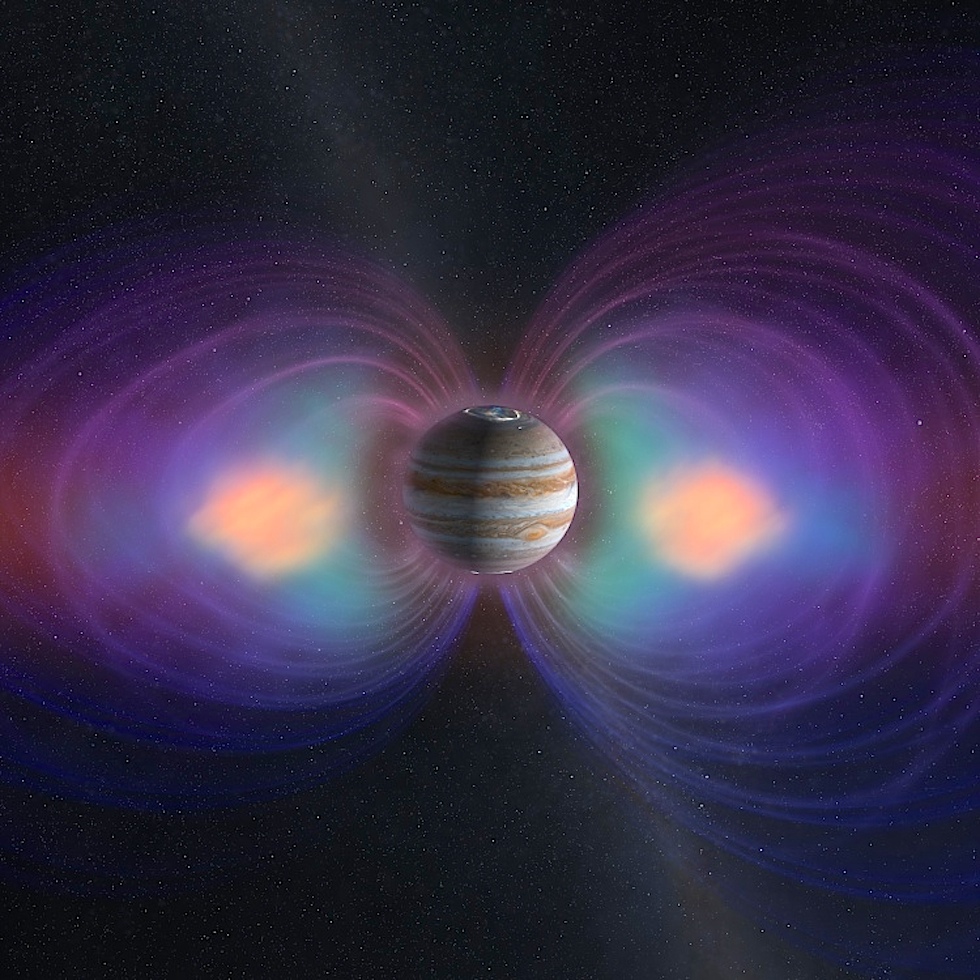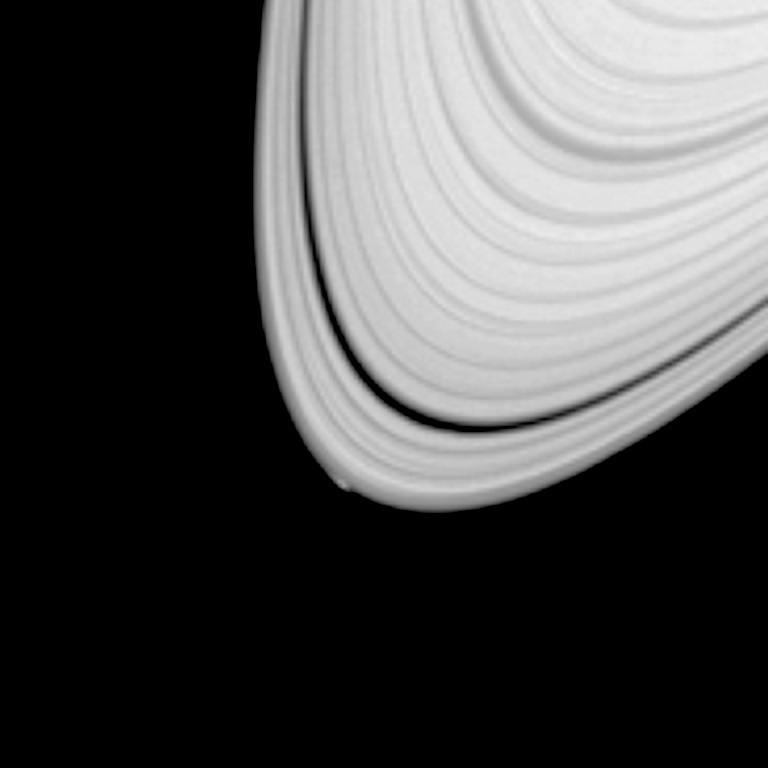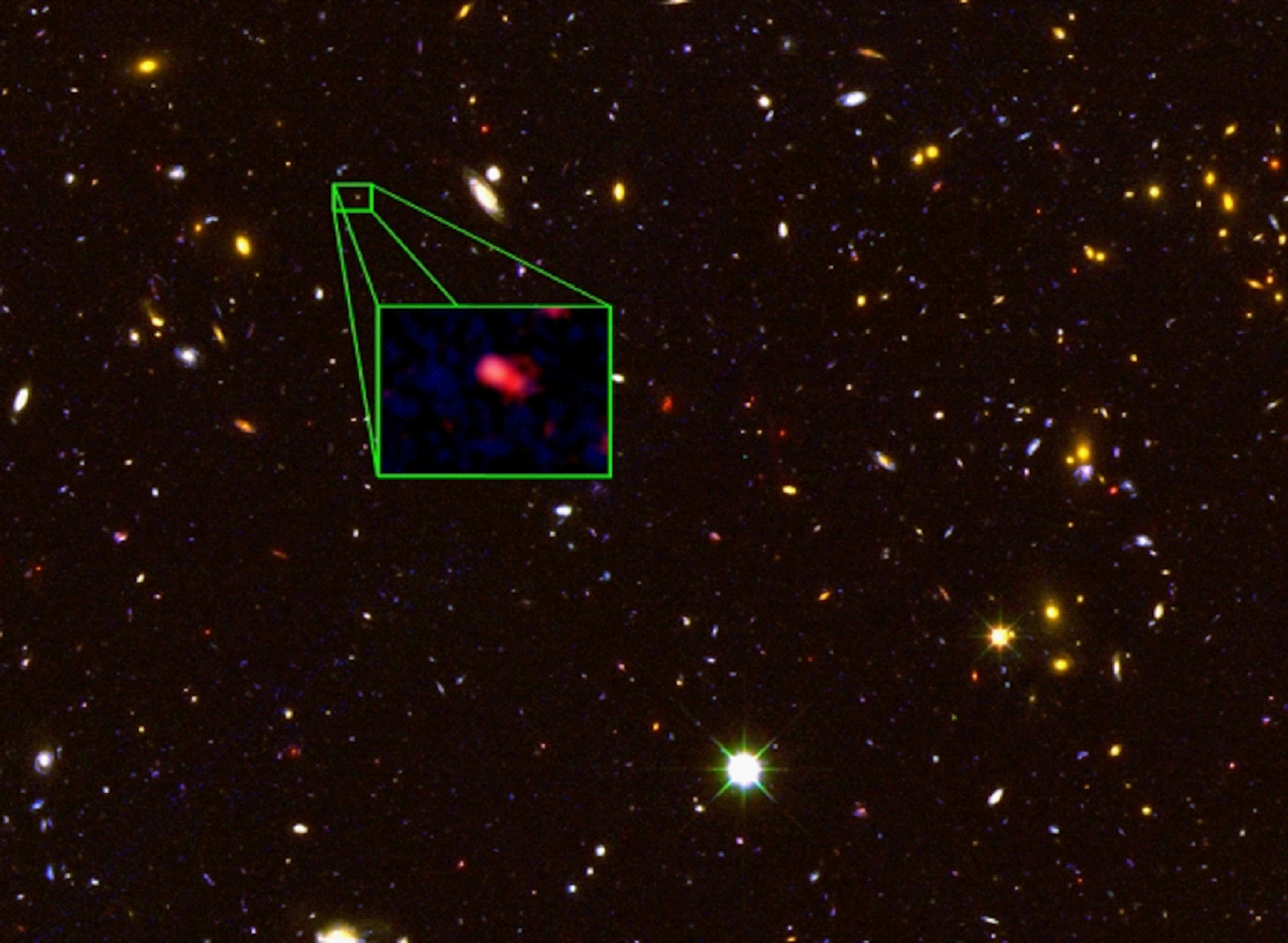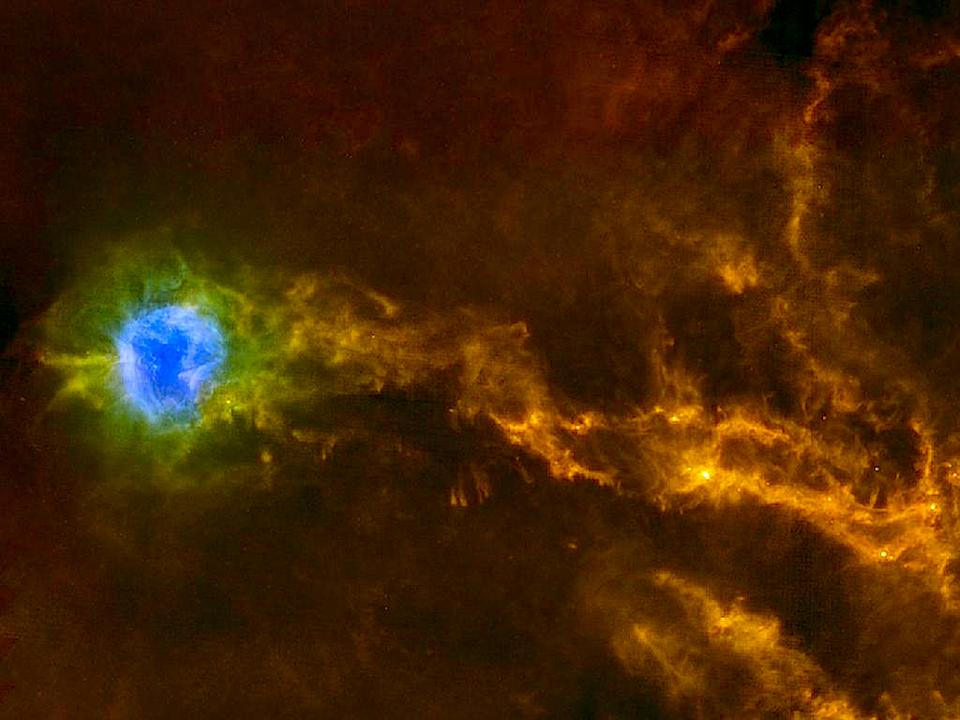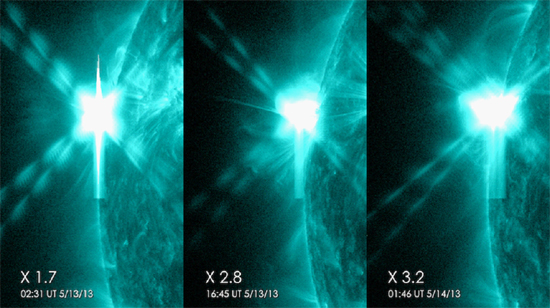Dark Expansion
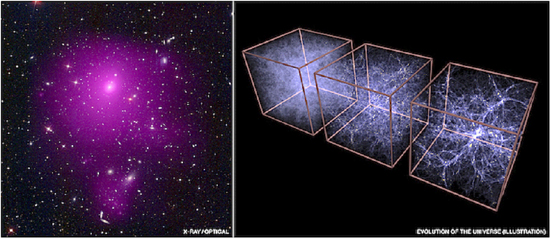
Jun 17, 2014 Observations better fit the Electric Universe theory. In previous Thunderbolts Picture of the Day articles about the existence of “dark matter” it was noted that it is primarily an add-on, or ad-hoc theory, so that the current gravitational model of the Universe can be preserved. The lack of matter that…





